These are the voyages of budget camera hunting. The mission to explore strange used gear, to seek out budget numbers.
So how about a 1 quid digital bridge camera with a very quirky LCD set up from 2004. Offering a 4MP and X10 zoom alongside the weirdest EVF in the business, the Z2 was actually reasonably priced with a street price of $380USD/£240GBP according to DPReview.
Mined arrived boxed with Brucie Bonuses but some issues for meer quid. But should set phaser to stun or bin

Caveat (thanks Gen Z !!)
This turned up in early 2022 for quid in rush of the Gen Z to old digicams. To be fair this probably looked a bit too high end to be sucked into the rush but cost have risen. They now sell for £10-20 but you can still get into single figures with luck with a recent tested example with 2Gb card selling for just under a fiver
Minolta boldy goes (then merges)
Minolta was one of the best known Japanese camera brands. It began in 1928 and by the the end of the century was one of the few players still capable of snapping on the heels of NIkon & Canon. It did move over to digital and launched the predecessor to this camera the legendary Z1 in 2003. But one month later, Minolta merged with another well-known Japanese Photography brand, Konica. Our 2004 Z2 bears the Konica-Minolta branding.

Sadly, Konica-Minolta would completely leave the camera business in 2 years later. One suspects they were quicker to realise the writing on the wall re the rise of the smartphone. The company lives on mainly in office multi-function printers and other diversified roles. Minolta dSLR production continued after 2006 under Sony management for some years and the alpha mount lives on with Sony Cameras to this day. In 2017 the Minolta brand was licenced out and a new wave of Minolta branded digitals have started to appear made by Elite Brands Incorporated.
Image DiMAGE
The DiMAGE was the brand Minolta and later Konica-Minolta used for all their non dSLR digital cameras in a move similar to Panasonic and the Lumix brand. It began as the more French sounding Dimâge before the circumflex was dropped and part capitalisation introduced
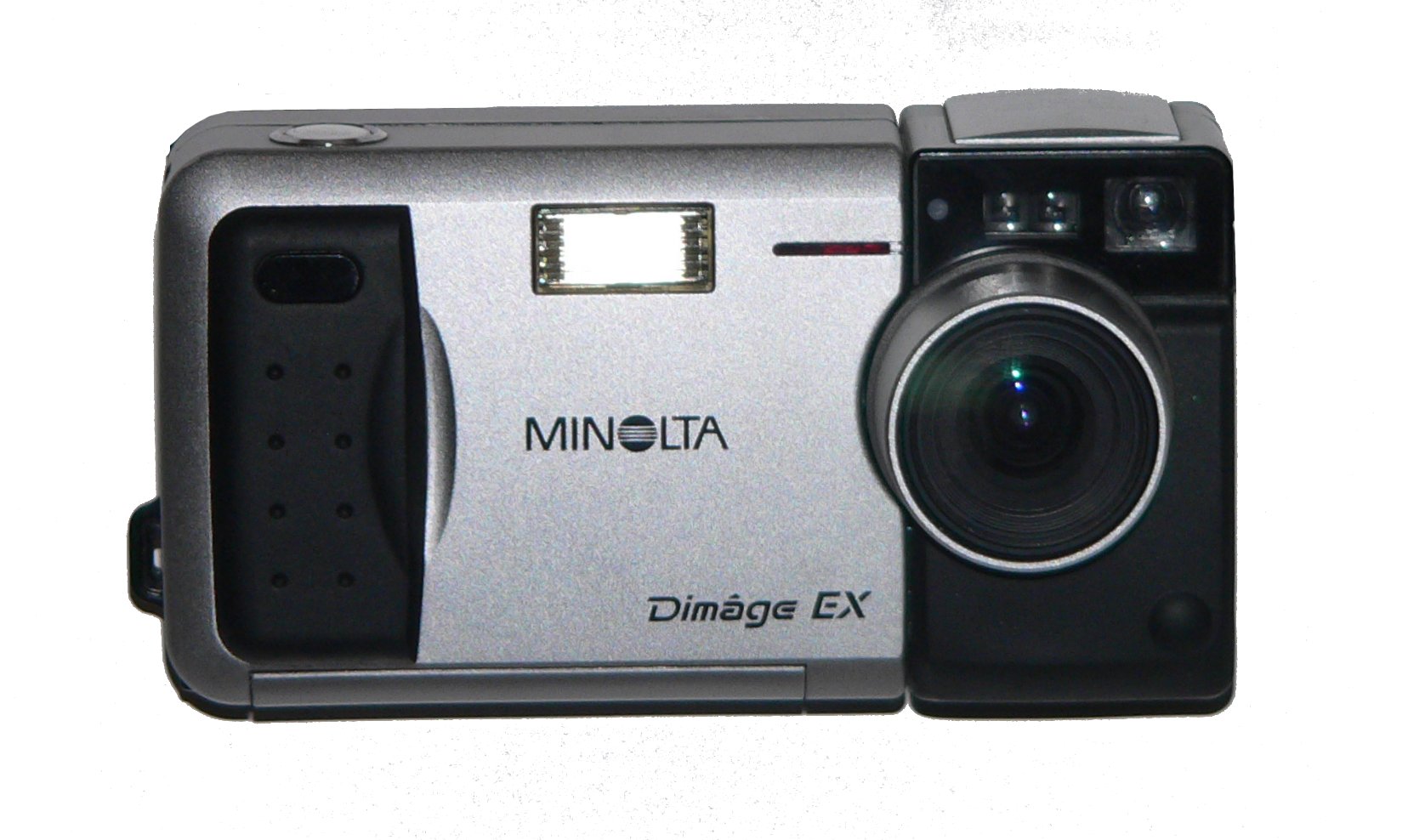
The models covered were everything from run of the mill P&S digicams to quite innovative models like the Dimâge EX which had in theory interchangeable lens & sensor units making them a candidate for the earliest proto CSC. The reality was with a 1.5MP sensor only most folks would plump for the zoom rather than the prime and essentially it was hard to buy the lens/sensor combo away from the buying the whole camera. That arguably would influence the Ricoh GXR, often seen as the precursor to the mirrorless revolution.
There was a single Dimâge dSLR in the form of the RD-3000, giving you some potential reason for buying APS V series lenses today.
But were talking bridge camera here. And weirdly Minolta had 2 DiMAGE bridge lines
Zy Street

In 2001 Minolta launched the DiMAGE 5, their first digital bridge. This and the DiMAGE 7, A1 and later Konica-Minolta DiMAGE A series that would follow are well regarded early digital bridge cameras. These have conventional LCD and a second LCD as part of an electronic viewfinder.
But in 2003 the company gave use the Z1. The Z1 and all DiMAGE Z models that would follow had a slightly different set up. They were smaller and had an more futuristic styling with a curved central body attached to a handgrip.
You might be tempted to suggest they copied the Canon IX APS SLR from the mid 1990’s but in fact the design is based of a much older Minolta prototype shown in 1966 at Photokina.

But the key difference from the DiMAGE 5 et al, was the Z series used a single LCD Panel and flipping mirror to switch from rear LCD to the viewfinder. A weird technological innovation no one actually asked for but I suspect was cheaper than creating an actual fixed lenses dSLR.
The Next Generation – The DiMAGE Z2
The Z2 can be seen as an evolution of the Z1 rather than revolution
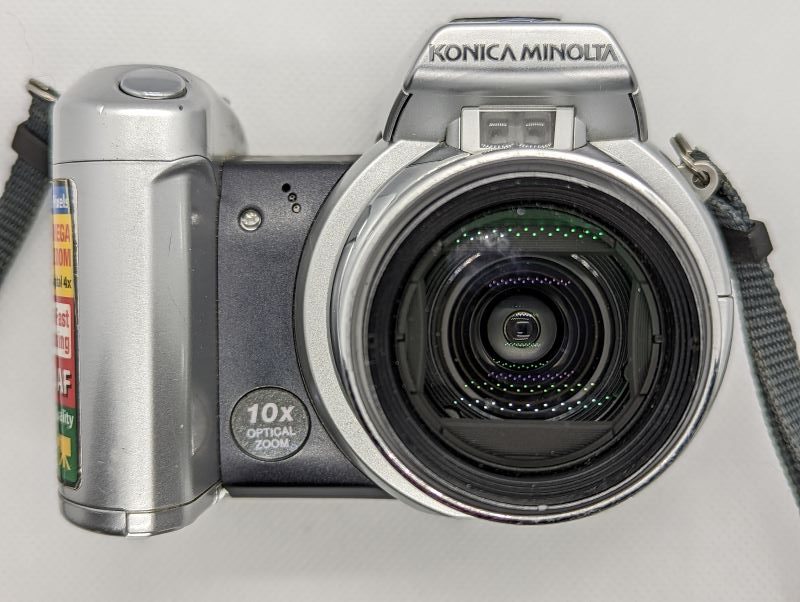
Core spec
The sensor is a 4MP CCD 1/2.5”. This can headline output at 2272 x 1704 pixels for still or 800×600 (aka SVGA) @15fps. It runs more comfortably at 30fps at VGA (640×480). The camera has 3 point passive AF with single and continuous AF options.
Metering can be switched from spot, centre-weighted & the default 256 segment matrix metering. EV Compensation (±2 EV in 0.3 steps) is available and shutter speeds range from 30 sec to 1/1000 although slower speeds than 15 sec can only be done in Time mode. Bracketing can be set from the menu. Continuous shooting at 1.5fps is also possible.
Optically you have a 6.3-67mm 1:2.8—3.7 GT APO (apochromatic) len that is equivalent to a 38-380mm full frame lens. The construction is a 11 elements in 7 groups set up. You get full aperture stepping up to f/8 at both ends of the zoom. In Super Macro mode this can focus as close as 10cm.
Power is by 4xAA batteries and SD cards provide storage. Worth noting changing the batteries forces you to reset the date & time.
There is also a built-in flash with a degree of TTL control. It’s reasonably powerful with a max range at wide on auto ISO of 6.1m(20ft) at wide although this falls off at tele (4.6m/15ft). Shooting on 400ISO gives a max range of 8.6 & 6.5m respectively.
Controls
This quite logically laid out on the top of the handgrip you have the shutter button to the front and on the rear is a toggle for zoom. Between them is the mode dial (more on that later) and a macro and flash button. It’s worth noting the flash button does not raise the flash unit -you need to do that manually. It is for cycling through the usual modes of auto, auto red eye, force on, slow sync. Macro moves between standard macro and super macro. The latter zooms lens out but allows you to focus from 10cm away.
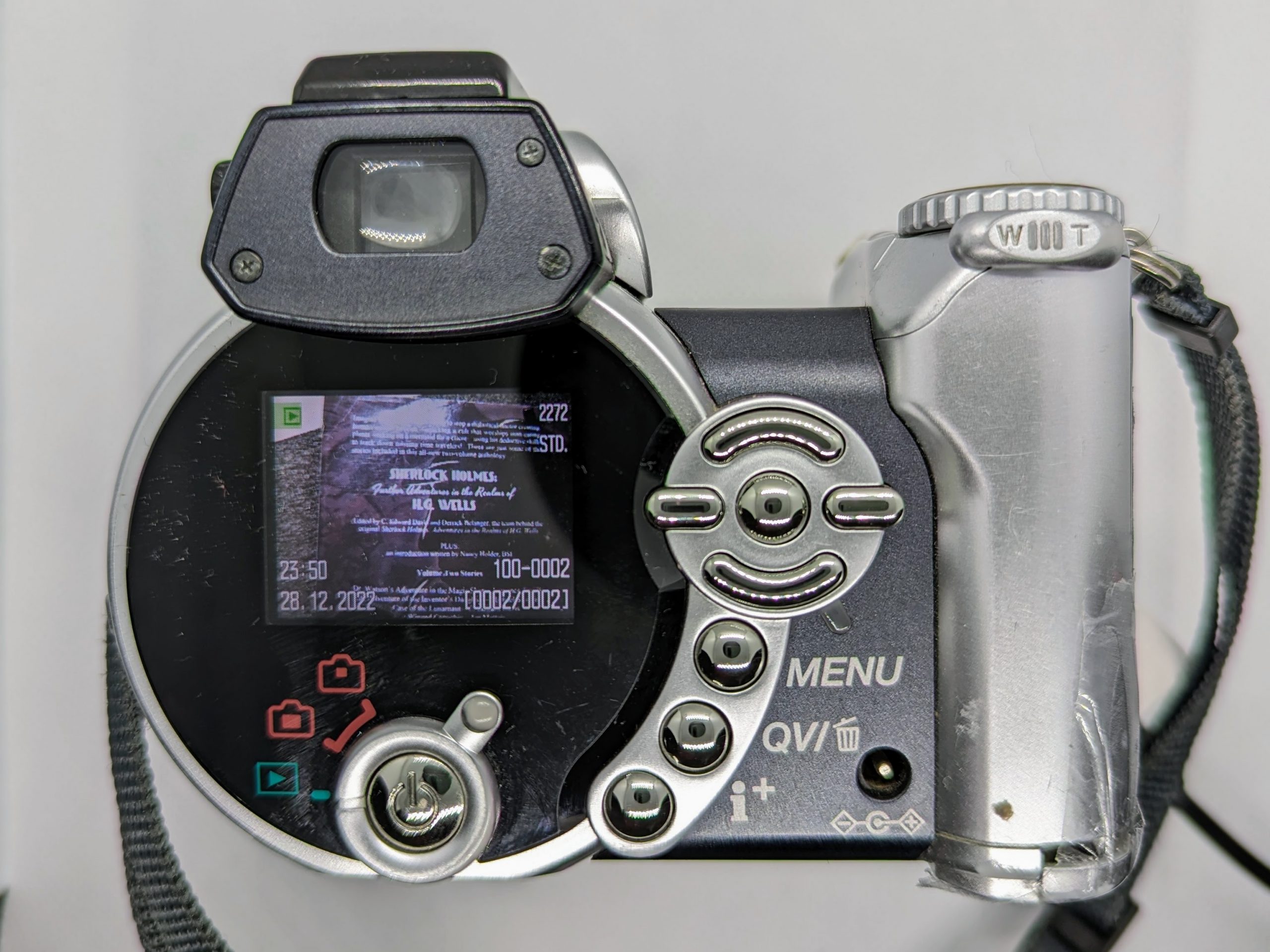
The rest of the controls cluster around the oval around the LCD. Below there is the on/off button with a collar switch which moves camera into playback and allows you to switch the LCD view from rear to finder. Up the side are logical buttons leading up to the typical joy-pad layout. Worth noticing the left button on that joy pad opens up EV compensation.
SD card are inserted behind sliding door on the side by a proprietary combo A/V & USB cable point is
Modes
Surprising advanced for an early noughties bridge. You get newbie auto mode, full PSAM support, a dedicated Movie mode plus 5 typical scenic modes. The latter are portrait, sports action, landscape, sunset and Night portrait mode. However, in auto the camera usually calculates you’re shooting the first 4 and adjust to that setting.
Menu choices are pretty typical. In auto, camera setting are more limited than PSAM modes and video modes are only accessible in video.
Menu & Set Up options
No huge surprises her but you do get the option of custom setting white balance which is nice. You can also cycle through the presets if you need to manually override with you selecting preset and then cycling though options represented by icons. This sound counterintuitive but you actually see the impact on screen as you do.
One option is ISO. In auto mode the camera moves between 50 and 200 ISO only. The option to go to 400 ISO only accessible through menu choices in some modes. although the ISO seems to move in fraction stops you can fix to 50, 100, 200 & 400 ISO.
As you’d expect there is a deterioration in image quality as you progress up with it being pretty marginal at 50 to 100 ISO.
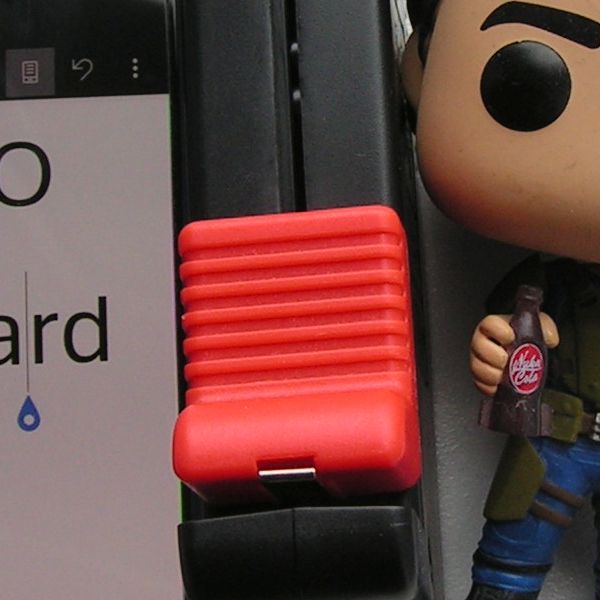

200 ISO is marginally worse again but there is a bigger jump to 400 ISO as below
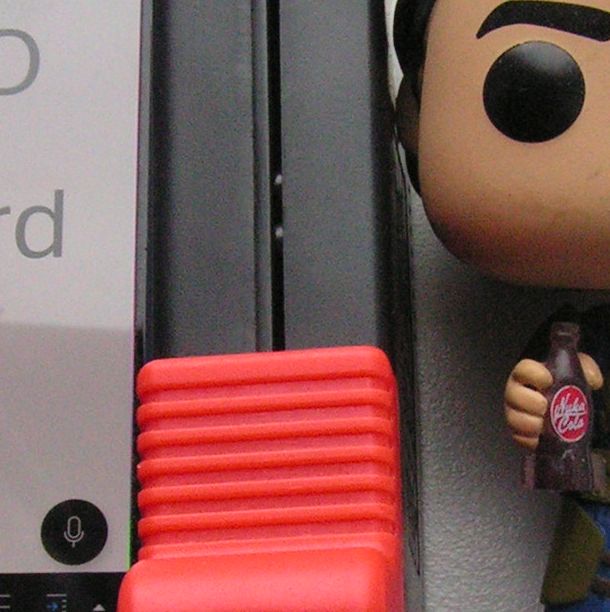
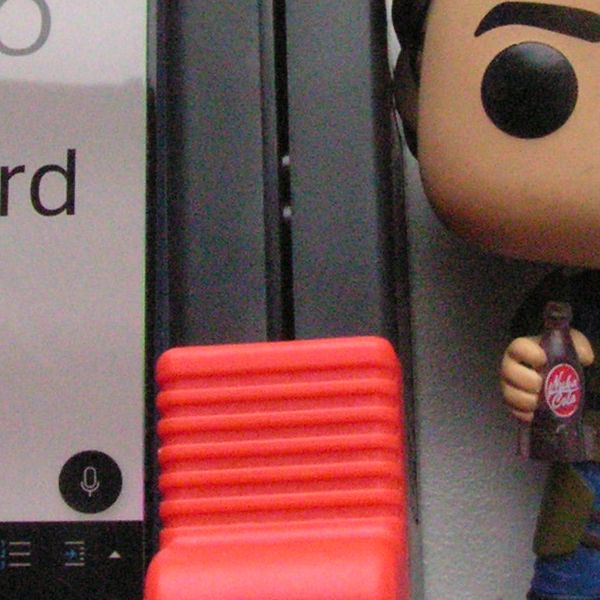
That’s pretty typical for camear this generation hence 400 ISO is not an auto option but
The camera also allows you to set resolution, sharpness, contrast and image quality (aka compression)
Interestingly the image quality has a only slight effect. At fine resolution each pixel has 4 bits of information (2 at Normal and 1 at eco). I have to say whilst quality degrades as you go down in quality it is not as jarring as it could be


Viewfinder
Really interesting set up. There is just 1 LCD panel, a 113,000 pixel TFT. It is seen on the back as a 1.5” panel. But between the panel and the rear is a mirror which when flipped puts the image up into the finder allowing you to see exactly the same panel via the finder. The finder only shows 98% but has diopter adjust. It’s very novel system if weird. There is a very satisfying clunk as the mirror moves.

The finders show good information.
Brucie Bonuses – Didn’t you do well
Quite a lot the camera came with original box, lens cap and strap and start up guide. It also had both USB and A/V out cables. There should have been a CD with full manual/Drivers
But there were 2 other bonus. The seller flogged it with a 64MD SD card in case. You might scoff at that card size but older smaller SD cards like this cost sometimes as much as modern SDHC cards. And from a testing PoV you will get 28 still max setting image or almost 1 minute of VGA footage.
But the best part was the second branded 128MB SD card in the camera. So the camera even if munted was more than worth it for the cards alone which would sell for £7-10 inc postage
The camera was in obviously used but functional nick but there was a catch.
The Catch is – there is no catch !
The catch was there was no catch !
Common with many cameras using AA batteries of the era, this one had a failure in the door catch. A small 1-2mm plastic rim had broken off meaning the battery compartment wouldn’t properly shut. As AA batteries tend to be held under pressure this required some judicious action with Sellotape. It also means I won’t be able to sell on bar for parts.
This is a common curse of digicams and is more commonly seen with those needing traditional batteries esp AA.
The only other issue was there was a mark on the mirror or inner of viewfinder. Meaning the centre of vision was blurred when using the finder.
The DiMAGE Z2 in use
This actually quite good for a camera of it’s age. There is a couple of seconds delay whilst you boot up and it takes a slight lag on focus lock but pushing the shutter to take that shot is near instantaneous after that.
The central focus bar narrows down and turns red which is a bit confusing (you need to look for the focus dot to the bottom right white if good – red if off)
Results (or the long and the Short of it)
Actually, pleasantly surprised with this for what it is at wide. The tele end maybe not so

Still images on the DiMAGE Z2
Broadly exposure was good in good light with good outdoor colour interpretation. The dynamic range is quite good for the time as the above landscape shot shows.
It falls a bit on indoor lighting but this is a camera from 2004 when LED lighting was only taking off. It’s pretty naturalistic tone wise outside


Indoor maybe not so good with modern LED bulbs but gain about average
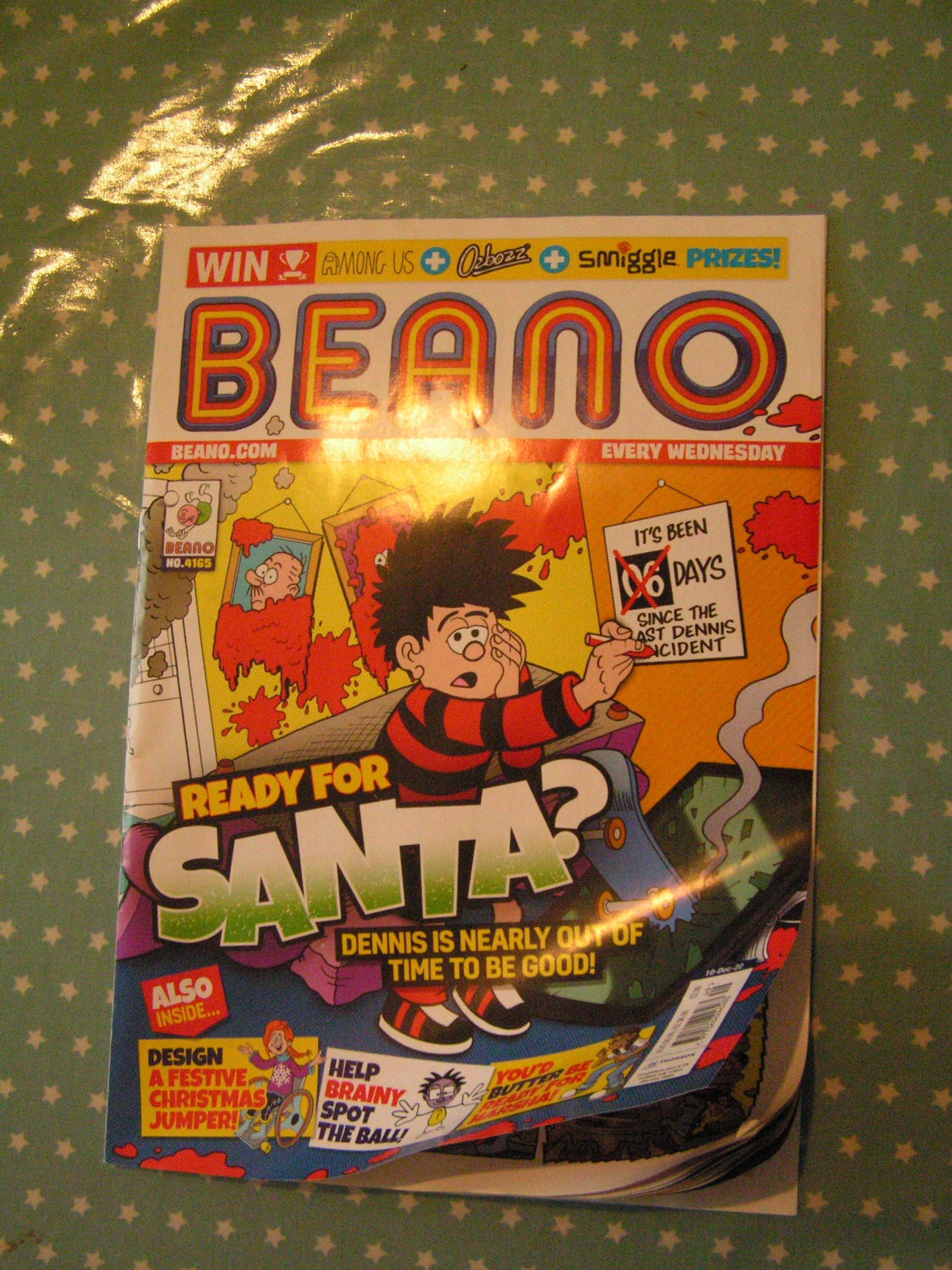

Fringing can be seen esp on the tele end but this better than a few cameras of the era I’ve tested.
Going Wide

At wide this is pretty reasonable. The AF worked well and shots are generally shrp with some minor fall off towards the edges. There is a smidge of barrel distortion but really not bad for such a long zoom
Macro shots can be crisp and generally a joy. This camera has serious chops close up and wide.
Barrel distortion is evident though at both lens lengths.
Terrible Tele

Look this camera needs image stabilisation like a fish needs water. It’s successor the Z3 does add this for obvious reasons. Most of my long shots had shake blur issues. I struggled to hand held shoot anything decent. And yes I could have strapped this onto a tripod but that’s not realistic everyday use.
Low light
All the above apply and then some. You really need to brace this camera to get a decent night shot. It was always a big ask for a camera with a max 400ISO and f/2.8 to play with at best. I shot quite a few but they almost all suffered from shke. This shot however was braced on my car dash (hence the rain on my windscreen)
That said as the shot shows shooting wide actually may be okay if you can fix your camera. Flash shot are as you’d expect with TTL flash metering evident. It’s reasonable and better than smaller compacts of the era
Video
Hmm. There good news and bad news. At VGA (640×480) with 30fps this broadly works well. The camera’s mic picks up a lot of noise including the AF system trying to adjust but it looks better than cheap VHS camcorder footage. The SVGA (800-640) is crisper still but is horribly marred by judder as you’d expect with only 15fps to play with. The AF seks quite a bit esp in low light
Again you’ll wanna shot wide not tele here unless you’re using a tripod
Final Thoughts on the DiMAGE Z2
The Z2 in interestingly styled camera with a quirky switch LCD and decent optics. At wide the still images impress for a camera of its era. The quality is good on the sensor
But is marred by the lack of image stabilisation. All the following faults you can live with but you’d need a tripod to make real use of the zoom. A more minor issue is the quoted topline video doesn’t live up to expectations with 15fps. Although the VGA is more than acceptable for the era the noise doesn’t really make this that useful. The battery door is also a liability but it’s not alone with that weakness.

And there is no excuse for the lack image stabilisation (IS). The Panasonic Lumix DMC-FZ3 and the Canon PowerShot S1 IS for example both launched that year for similar money with IS. And worse still is the DiMAGE Z3 released the same year. Essential a tweaked Z2 with IS
I’d go with one of the above if you wanted a cheap bridge. Which is a shame as there are things to like here. But sadly this camera was not destined to live log and proper especially at t he wide end.
DiMAGE Z2 Resources
For launch era reviews see DPReview and Imaging Resource. Manual can be found at Manualslib


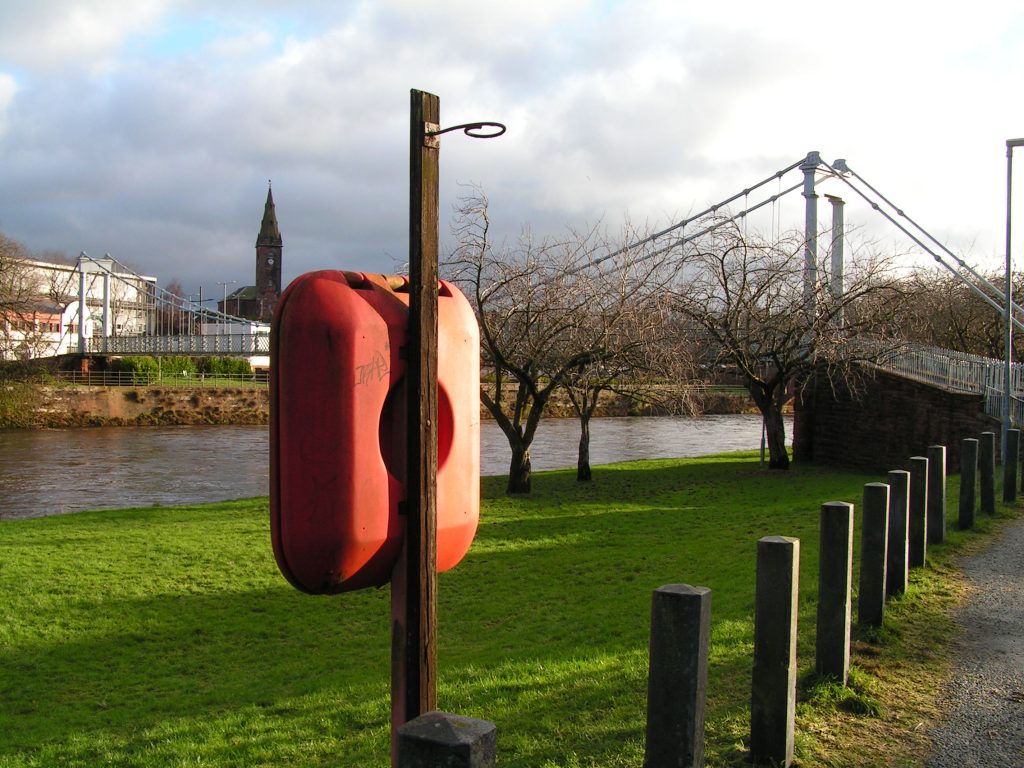
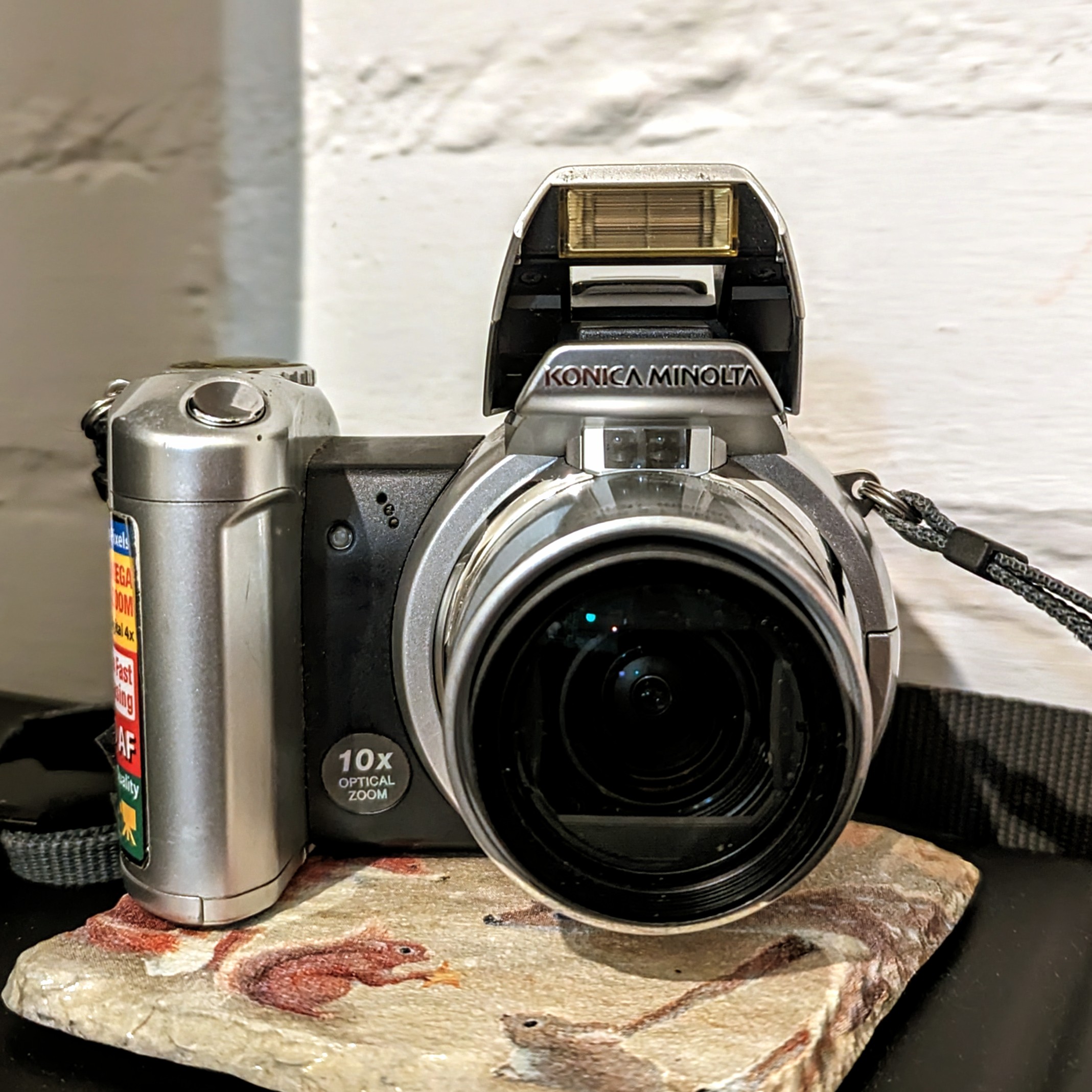

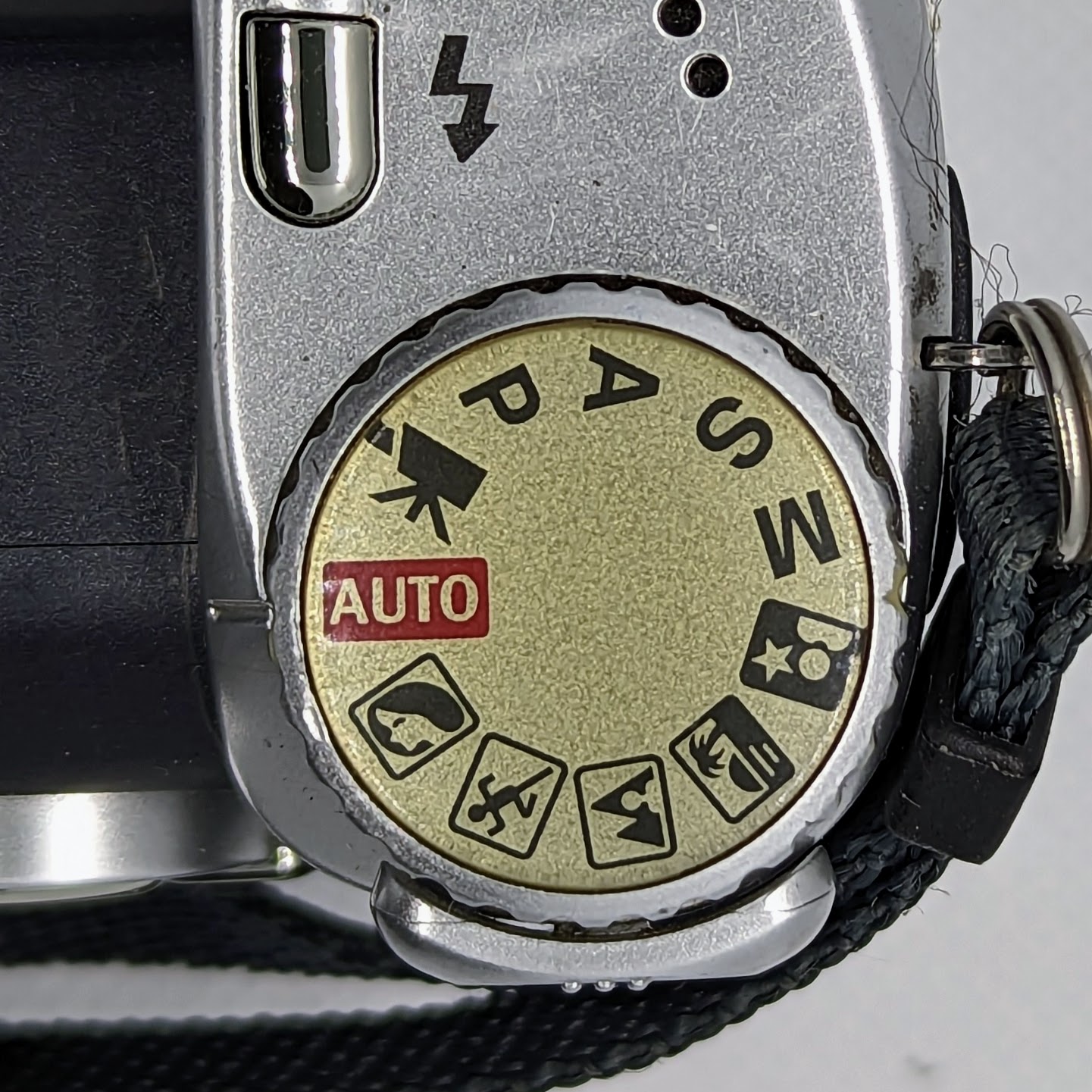
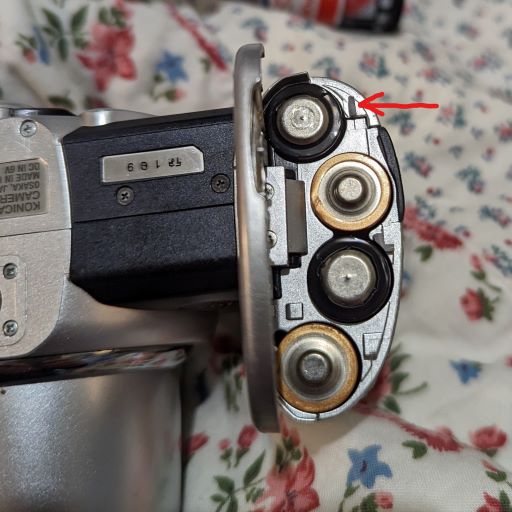



That’s two cameras in a row now for a quid, I feel like I’m lagging behind…! Let me see what I can chuck a quid at…